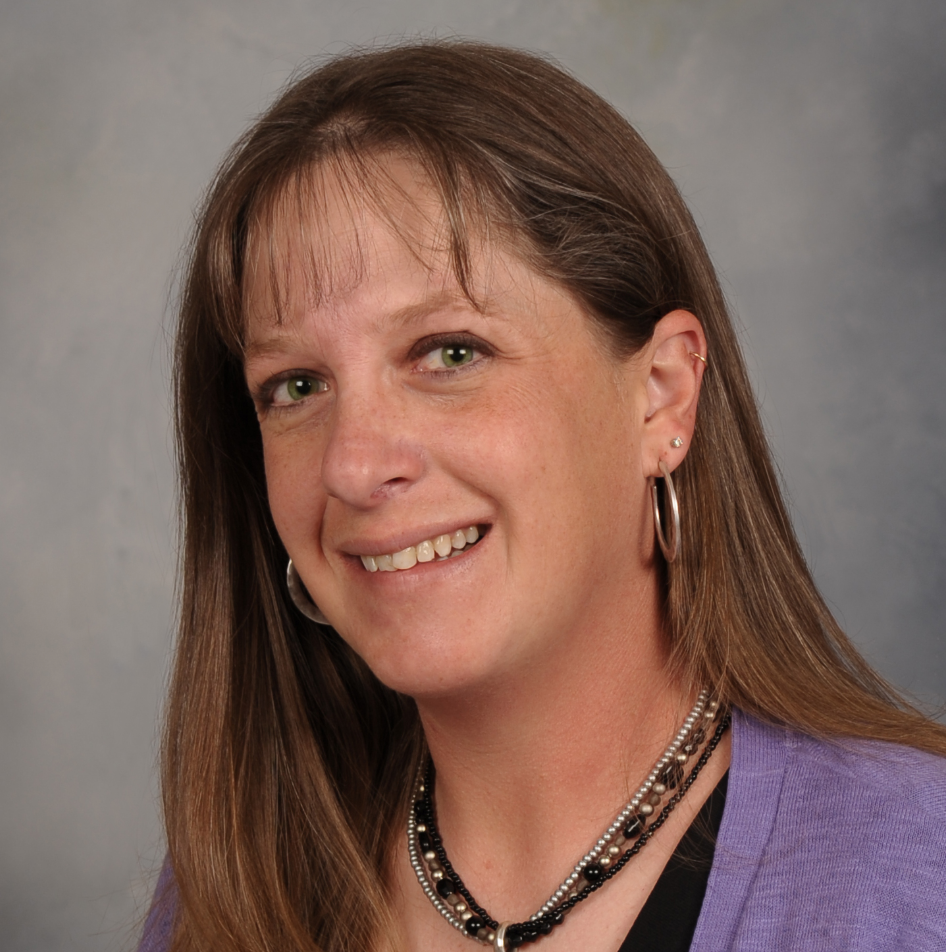
Knowing the soil nutrients is a requirement to establish an adequate soil fertility program for forages. Soil testing can be done in either spring or fall on hayfields and pastures. Given a choice, fall would be the preferred time because it allows more time for any needed lime applications to have an effect before the main growing season begins, and it gives the producer some flexibility for planning nutrient applications.
Soil sampling is typically recommended at least every 3-4 years, but more frequent sampling (every 2 years) can keep you from applying excessive and unnecessary amounts of fertilizer or manure, and can increase yields by revealing exactly which soil nutrients are too low for optimum productivity, this is particularly important given the high fertilizer prices.
Tips for collecting a representative soil sample
It is best to use a soil probe to take accurate soil samples. You can borrow a probe from many county extension or NRCS offices. A shovel or spade can be used, but make sure to dig a hole first and then take a nice, even slice to the correct depth. A shovel or spade that angles to a point at the bottom can easily result in misleading soil test results because the sample is biased by having more soil from the surface and less from lower depths.
When taking soil samples, it is important to have a representative composite soil sample from the field by combining several soil cores (in a clean container, avoiding contamination) and mixing thoroughly. Ideally, one composite soil sample should represent a uniform and treatable area, not exceed 40 acres, and for more variable fields, no more than 10 acres. On these areas, take 15 to 20 cores or subsamples to make up your representative composite sample. If the field has areas where different forages or crops have been grown or has different soil types, then soil sampling from these areas should be done separately.
Sampling depth for pastures and hayfields should be 3 to 4 inches for pH evaluation. For phosphorus and potassium, a 6-inch depth is preferred when submitting samples to the K-State Soil Testing Laboratory since that is the depth we have used to calibrate recommendations.
For more information on soil sampling and submitting samples to the K-State Soil Testing Laboratory, visit their website at http://www.agronomy.k-state.edu/services/soiltesting/.
Alicia Boor is an Agriculture and Natural Resources agent in the Cottonwood District (which includes Barton and Ellis counties) for K-State Research and Extension. You can contact her by e-mail at [email protected] or calling 620-793-1910.



